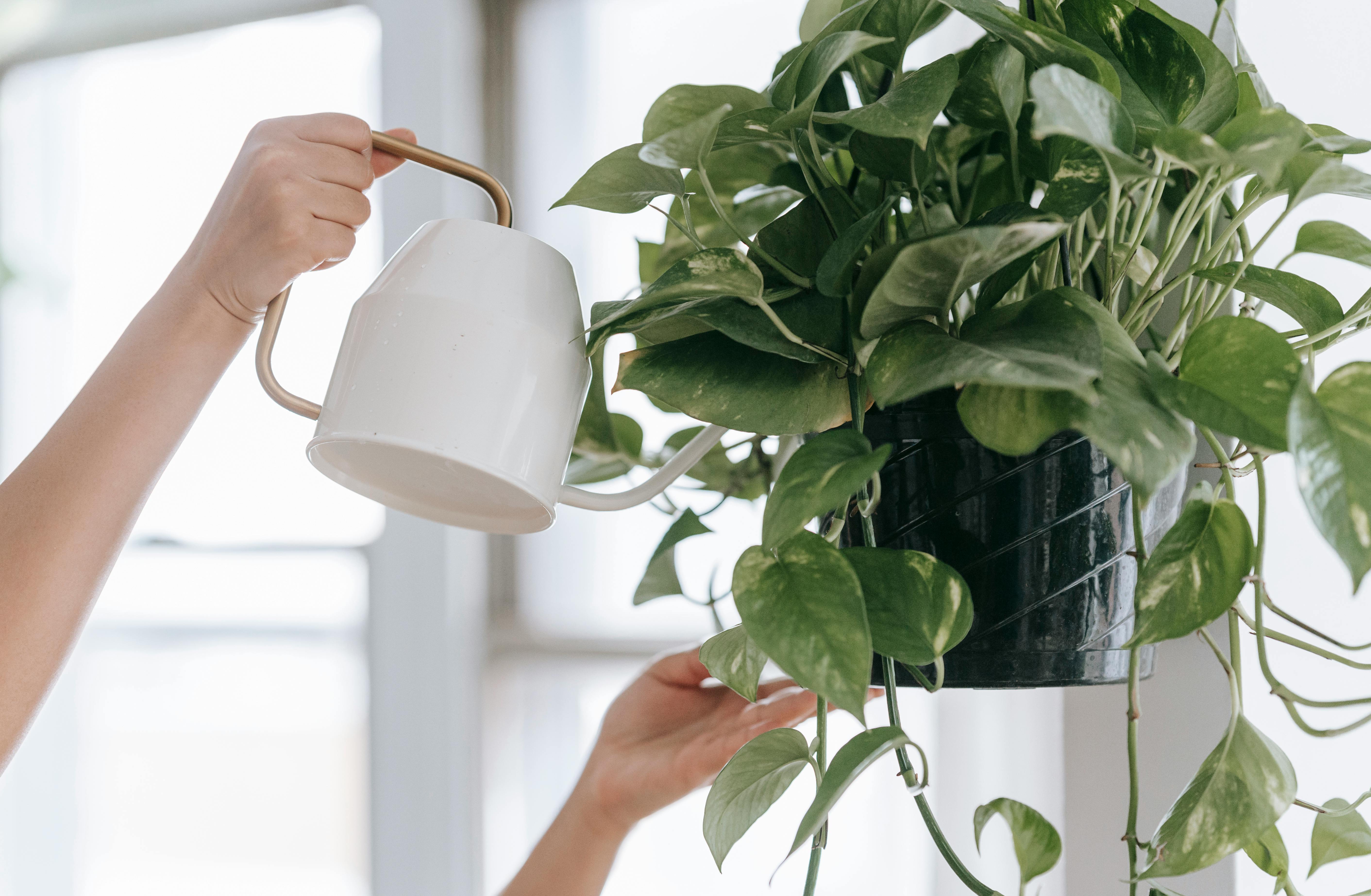Distilling water at home is an increasingly popular way to purify water and make it safe for drinking. It is a simple process that involves heating up water, collecting the steam that rises from it, and then cooling the steam down so that it condenses into liquid form. Distilling removes any harmful contaminants from the water, leaving it free of impurities. In this article, we will explore how to distill water at home.Water distillation is a process of purifying water where the water is heated to its boiling point so that it evaporates. The vapor is then cooled and condensed into a separate container, leaving behind most contaminants. This process of distilling water can remove many toxins, including heavy metals, bacteria, and other microorganisms.
Benefits of Distilling Water
Distilling water has many benefits, including purifying drinking water and removing contaminants from water. Distillation is a process that involves heating liquid to its boiling point, capturing the steam produced, and then cooling the steam back into liquid form. This process helps to remove contaminants like metals, salts, bacteria, and other impurities from the water. By removing these contaminants, distilled water is much cleaner and safer to drink than regular tap water.
Distilled water also has a longer shelf life than regular tap or filtered water, which means it can be stored for longer periods of time without spoiling. This makes it ideal for emergency situations where access to fresh drinking water may be limited.
In addition to providing a safe source of drinking water, distilled water also has several other benefits. For example, it can be used for cleaning and sterilizing medical equipment as well as for ironing clothes and making coffee and tea. It can also be used in car batteries and aquariums as a pure source of freshwater.
Lastly, distilled water is free from chemicals like chlorine that are commonly found in tap water. This makes it much healthier to
Can You Distil Water At Home?
Yes, it is possible to distill water at home with the right equipment. Distilling water is a process that involves boiling the water and then capturing the steam, which is then condensed back into liquid form. This process removes any contaminants or impurities from the water, making it safe and pure to drink. To distill water at home, you will need a large pot, a heat source such as a stove or hot plate, an empty container to collect the distilled water, and some tubing to connect the two containers.
The first step in distilling water at home is to fill the pot with your source of dirty or contaminated water. Place this pot on your heat source and bring it to a boil. As the steam rises from the boiling water, it should be directed over some ice cubes in order to cool it down and condense it back into liquid form. The condensed steam should then be collected in an empty container placed beneath it. This container should be connected to your pot with some plastic tubing so that all of the condensed steam will flow into it.
Once all
What Equipment Do You Need to Distil Water at Home?
Distilling water at home is a great way to make sure you always have safe, clean drinking water. The distillation process removes all contaminants and impurities from the water, leaving you with pure water that is safe to drink. In order to distill water at home, you will need some basic equipment.
The most important piece of equipment you will need is a distiller. These come in many different sizes, so it’s important to select one that meets your needs. Look for one that is made of stainless steel and has a glass or plastic collection container. Make sure the collection container has an airtight seal so that no steam escapes during the distillation process.
You will also need a source of heat for the distiller. If you have an electric stove, then it can be used as a heat source. If not, then you can use a propane burner, which is available in many hardware stores. It’s important to ensure that the burner is placed on an even surface so that it does not tip over during use.
Gathering the Supplies
Before setting up a home-made water distiller, it is important to gather all the necessary supplies. This includes a large pot or boiling vessel, a condensing tube, a receiving vessel that is heat proof, and some sort of filter to catch any impurities. All of these components are available at most hardware stores or online. It is also important to have the correct size pot or boiling vessel for the job. The size of the pot should be larger than the condensing tube and receiving vessel so that it can accommodate both during distillation.
Fitting the Condensing Tube
Once all of the supplies are gathered, it is time to fit the condensing tube into the large pot or boiling vessel. The condensing tube should be placed in such a way that it is suspended above the bottom of the pot but not touching any walls inside. This will ensure that water vapor will move freely through the tube without obstruction. Make sure that there are no leaks in this connection since any leakage can cause impurities to enter into distilled water.
How to Use a Home-Made Water Distiller
Distilled water is free of minerals, chemicals and other impurities. It is a great option for drinking, cooking and other uses. To make sure that you are getting the purest water, it is best to use a home-made water distiller. With the right materials and instructions, you can make your own water distiller and enjoy clean, safe drinking water.
The first step in making your own water distiller is to gather the necessary materials. You will need a large pot or container, a heat source such as an electric hot plate or stovetop burner, a glass or ceramic bowl, a hose or tube and something to hold the bowl in place such as a tripod or wire rack. Once you have all of these materials gathered together, it’s time to begin the process.
Start by filling the pot with tap water and then placing it on the heat source. Make sure that the heat source is set to low so that you don’t boil off too much of the water. As the pot begins to heat up, steam
Introduction
Water distillers are a great way to obtain clean and safe drinking water. They can be used at home, giving you access to a reliable source of clean water. With proper maintenance, a home-made water distiller can provide you with years of service. In this article, we’ll discuss how to maintain a home-made water distiller so that it continues to provide you with clean, safe drinking water.
Cleaning the Distiller
The first step in maintaining your home-made water distiller is to keep it clean. This means cleaning the unit regularly and thoroughly. Start by removing any debris that may have accumulated in the unit itself. If there are any deposits on the interior surfaces, use a soft cloth and mild detergent to gently remove them. After cleaning the interior, rinse it out with warm water and allow it to air dry before reassembling the unit.
Replacing Parts
Over time, some parts of your home-made water distiller may need to be replaced due to wear or damage. The
Pros of Making Your Own Water Distiller
Making your own water distiller can be a great way to have access to clean, pure drinking water without having to worry about the quality of water you are getting from your local water source. Using a distiller offers many advantages, including:
• Cost Savings – Purchasing a home distillation system can be a cost-effective way to provide your family with clean drinking water without having to buy bottled water or pay for expensive refills.
• Convenience – Distillation systems are relatively easy to use, and they require minimal maintenance. Once the unit is set up, you can enjoy clean, pure drinking water whenever you need it.
• Environmentally Friendly – By using a distiller instead of buying plastic bottled water, you are helping reduce the amount of plastic waste that ends up in landfills and oceans each year.
Cons of Making Your Own Water Distiller
Although making your own water distiller can offer many benefits, there are some drawbacks as well. These include:
<
Conclusion
Distilling water at home can be a great way to ensure that you have access to fresh and clean drinking water. The process is relatively simple and cost-effective, requiring only few materials and a heat source. The process of distilling water can also be used to purify other liquids, such as saltwater or contaminated liquids. Although the purity of the distilled water may not be as great as commercial distilled water, it can still be used for drinking and other applications. The benefits of distilling water at home greatly outweigh the time, effort, and cost of purchasing ready-made bottled distilled water.
Given the health benefits of drinking clean, distilled water, it is highly recommended that you consider distilling your own water at home. It is an easy process that requires few materials and can save you money in the long run by avoiding expensive bottled products from the store. Distilling your own water also helps reduce plastic waste from single-use bottles, which is beneficial for both your health and the environment.

